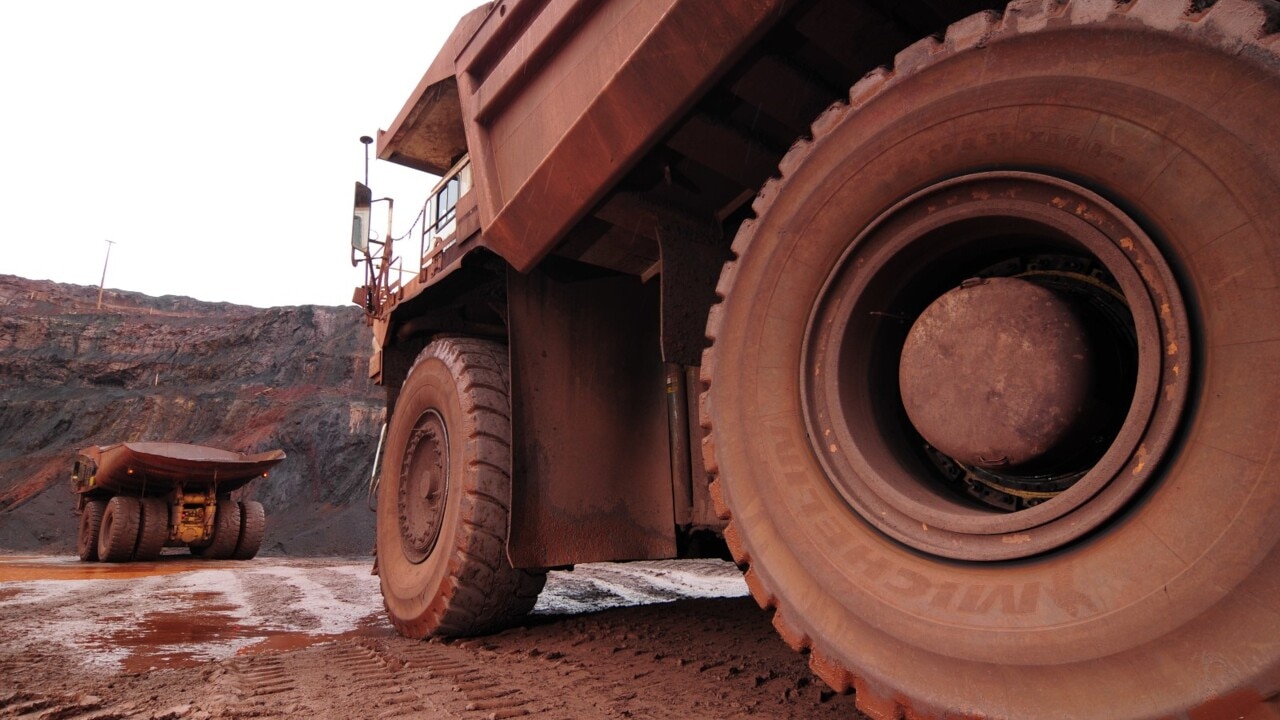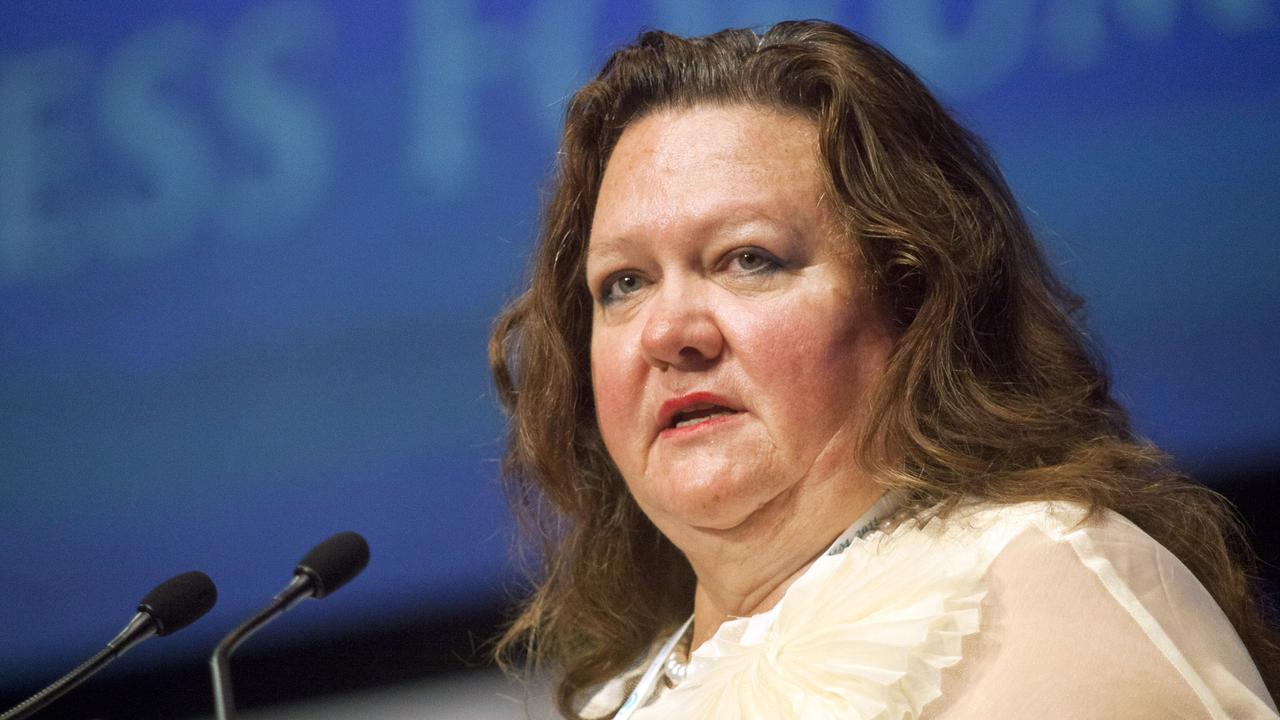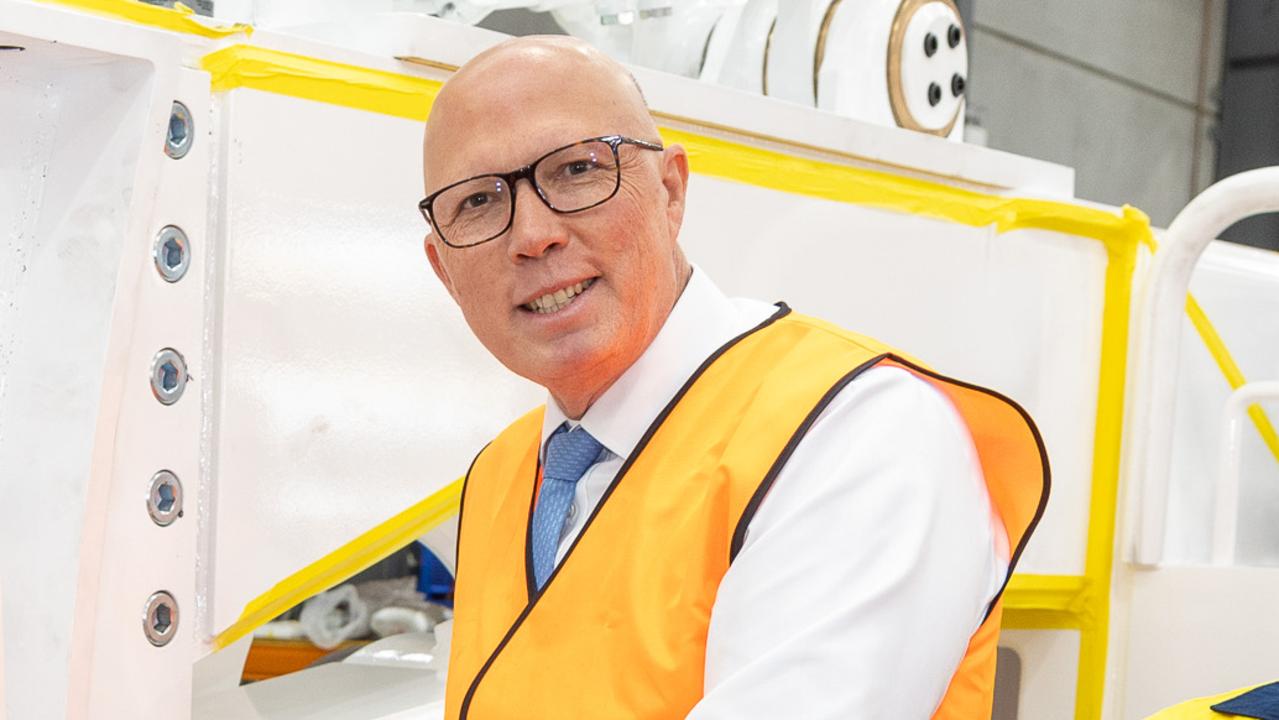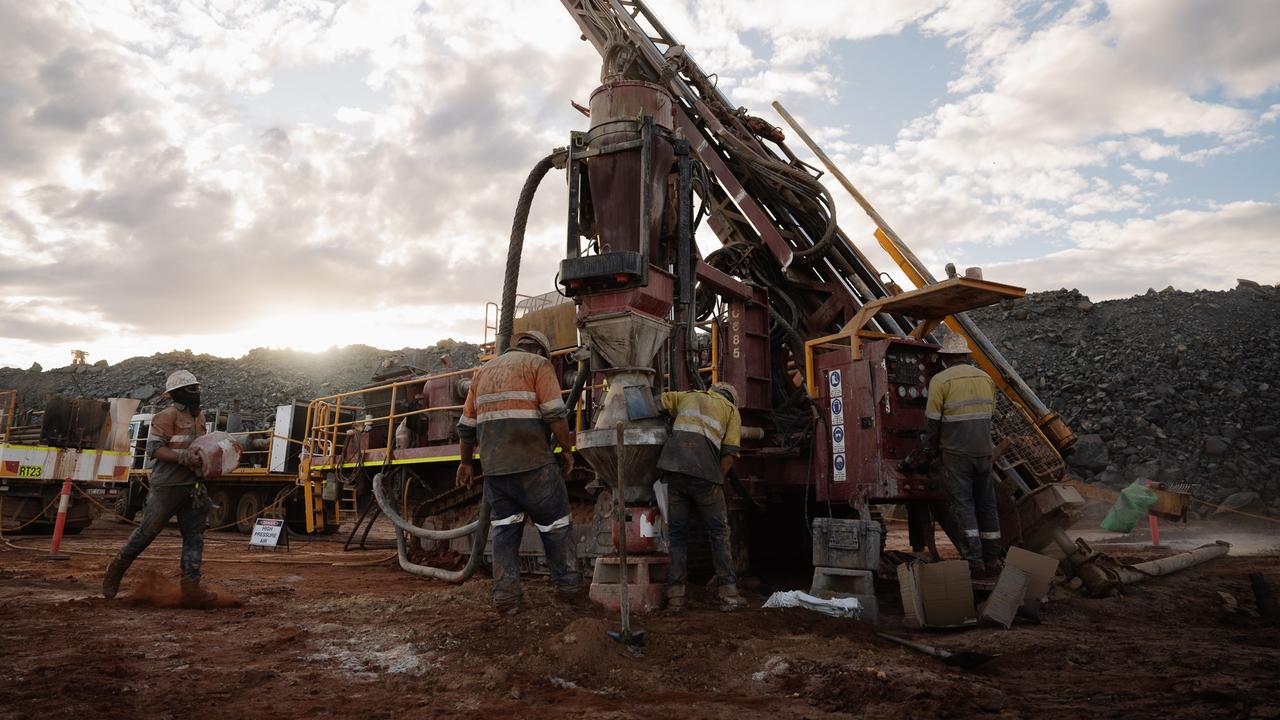DFD Rhodes’ lawyer makes case before Gina Rinehart trial
The role the founder of a small company seeking lucrative iron ore royalties had in discovering mining sites has been downplayed, a court has been told.

The lawyer representing West Australian prospectors DFD Rhodes has begun opening statements in the massive civil case against Gina Rinehart’s Hancock Prospecting Pty Ltd (HPPL).
It’s the second week of a months-long trial against HPPL, as a number of entities try to claim a share of lucrative mining royalties from Hancock-owned iron ore mining sites.
Rhodes lawyer Jeremy Stoljar SC began his opening statements before the WA Supreme Court on Monday, and continued on Tuesday, arguing Rhodes is entitled to a 1.25 per cent share of iron royalties from six Pilbara mining tenements.
His argument hinges on a 1969 agreement made between Rhodes founder Don Rhodes and Hanwright – a portmanteau of Hancock Prospecting and Wright Prospecting (WPPL) when both companies worked in tandem.

“The elements of (the 1969 agreement) have been met, and therefore Hanwright owe a royalty to Rhodes,” Mr Stoljar told the court.
“The fact that ore is being produced from the very ground identified in the 1969 agreement means that it is ore that is susceptible to the royalty obligation.”
Mr Stoljar told Justice Jennifer Smith the role that Mr Rhodes had in the discovery and development of the iron ore mines in the region, near the town of Newman, had been understated and downplayed by HPPL as well as WPPL founder Peter Wright, whose billionaire socialite daughter Angela Bennett is also involved in the case.
Mr Stoljar spent much of Tuesday’s hearing trying to pick apart arguments that will be made by lawyers representing the eldest children of Ms Rinehart, John Hancock and Bianca Rinehart, in coming weeks.

The Rinehart children are embroiled in a bitter legal battle with their mother over control of the Hancock family trust, over which the elder Ms Rinehart has control and into which royalties from the Hope Downs miming complex are paid.
Mr Stoljar told the court on Tuesday that he refuted John and Bianca’s claims that royalty sharing agreements between Ms Rinehart’s father Lang Hancock and Mr Wright were “winding down” prior to Mr Wright’s death in 1985.
At this stage, none of the actual parties represented have personally appeared in court.
The case is being held in Perth’s David Malcolm Justice Centre, where the Supreme Court has a courtroom large enough to accommodate more than 30 lawyers involved in the matter.
Also represented is Rio Tinto, the WA mining giants that own a 50 per cent share of some of the Hope Downs tenements.

The arguments in the case largely hinge on correspondence and loosely made agreements between Lang Hancock and his business partners prior to his death in 1992.
Evidence put to the court in the trial’s opening week by WPPL lawyers claim Ms Rinehart, who was an executive with HPPL until the mid-1980s, had explicit knowledge of partnership agreements between Mr Hancock and Mr Wright.
The six tenements are named Hope Downs 1 through 6 – 4, 5 and 6 are known as the East Angelas tenements.
The case continues and is expected to run into November at the earliest.





